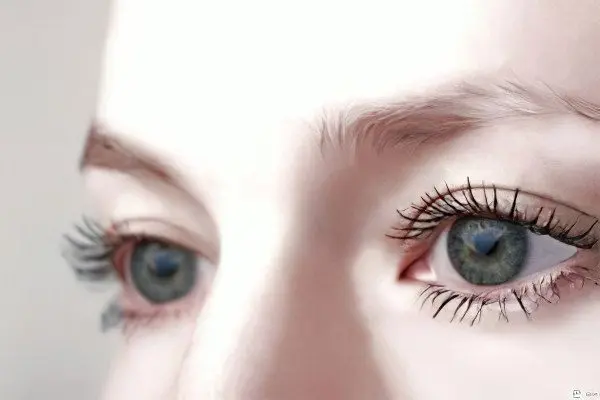
Chicken blindness – this is a disease of the organs of vision, which is characterized by a deterioration in its quality in conditions of insufficient illumination, for example, at dusk, in the dark, with artificial dimming, etc.
In ophthalmic practice, such a term as “night blindness” does not exist. It is used mainly in everyday speech. Doctors call night blindness hemeralopia.
Night blindness worsens the quality of a person’s life, since at night his fields of vision are narrowed, his ability to perceive colors is impaired, and orientation in space is deteriorating. If you find such symptoms in yourself, you must consult a doctor, since acquired night blindness is treatable.
The name of the pathology was assigned due to the fact that its symptoms have a certain similarity with the visual capabilities of chickens. In the evening, these birds find it difficult to navigate in space.
The human eye, namely its retina, consists of rods and cones. These are the cells that respond to light. The rods are responsible for nighttime black and white vision, and the cones are responsible for daytime vision. The retina contains more rods than cones. Their normal ratio is 18:1. If the balance is disturbed, then a person develops night blindness. At the same time, during the day he sees everything as before.
Rods contain a pigment called rhodopsin. It is responsible for the adaptation of the organ of vision in the dark. When exposed to light, the pigment disintegrates, and in the dark it is restored again. This process takes place with the participation of vitamin A.
When rods produce rhodopsin, energy is released. It is transformed into electrical signals that travel through the nerve fibers to the brain. Thus, night vision is provided.
Video: what is night blindness?









